John Newman, B S Choo0750651032, 9780750651035
Table of contents :
Front Cover……Page 1
Advanced Concrete Technology: Concrete Properties……Page 4
Copyright Page……Page 5
Contents……Page 6
Preface……Page 14
List of contributors……Page 16
Part 1: Fresh concrete……Page 18
1.1 Introduction……Page 20
1.2 Workability……Page 21
1.3 Loss of workability……Page 40
1.4 Placing and compaction……Page 41
1.5 Segregation and bleed after placing……Page 42
References……Page 43
Relevant standards……Page 45
Part 2: Setting and hardening of concrete……Page 48
2.1 Introduction……Page 50
2.3 Plastic settlement cracks……Page 52
2.4 Plastic shrinkage cracks……Page 56
2.5 Other cracks in plastic concrete……Page 58
2.6 Early thermal contraction cracks……Page 59
2.8 Crazing……Page 61
2.9 Long-term drying shrinkage cracks……Page 62
Further reading……Page 64
3.3 Why cure concrete?……Page 66
3.5 Which curing method is best?……Page 69
3.6 Protection against vibration……Page 72
3.8 How long should curing be applied?……Page 73
3.10 Effect of temperature……Page 74
3.12 The effect of curing on strength……Page 75
3.14 Some international curing specifications……Page 76
3.16 Summary and conclusions……Page 78
Further reading……Page 80
4.1 Strength development……Page 82
4.2 Maturity and accelerated curing……Page 103
4.3 Assessment of safe striking times……Page 110
References……Page 112
Further reading……Page 114
5.2 Hot weather concreting……Page 116
5.3 Cold weather concreting……Page 126
References……Page 133
Part 3: Properties of hardened concrete……Page 134
6.1 Deformation, fracture and failure……Page 136
6.2 Behaviour of concrete under multiaxial stresses……Page 155
References……Page 168
7.2 Introduction……Page 170
7.3 Elasticity……Page 171
7.4 Shrinkage……Page 172
7.5 Creep……Page 178
7.7 Summary……Page 186
References……Page 187
Part 4: Durability of concrete and concrete construction……Page 188
8.2 Durability concept……Page 190
8.4 Transport processes……Page 192
8.5 Summary and conclusions……Page 213
References……Page 214
Further reading……Page 215
9.1 Introduction……Page 218
9.2 The corrosion process……Page 219
9.3 The concrete environment……Page 221
9.4 Stages in the deterioration process……Page 222
9.5 Carbonation-induced corrosion……Page 223
9.6 Chloride-induced corrosion……Page 227
9.7 Other causes of corrosion……Page 232
9.8 Corrosion rate……Page 233
9.9 Monitoring corrosion……Page 235
9.10 Repair of corrosion-damaged concrete……Page 238
References……Page 242
10.1 Essentials of concrete behaviour……Page 246
10.2 Strength loss in the cement matrix……Page 247
10.3 Spalling……Page 248
10.5 High-strength concrete……Page 249
10.6 Essentials of steel behaviour……Page 250
10.7 Fire behaviour and design codes……Page 251
10.8 Fire types and heat exposure……Page 252
10.9 Behaviour of concrete in extreme fires……Page 253
10.10 Improving the fire resistance of concrete……Page 254
10.11 Evaluation of concrete structures exposed to fire……Page 255
References……Page 257
11.1 Introduction……Page 260
11.2 Mechanisms of ice formation in cementitious materials……Page 261
11.3 Mechanisms induced by ice formation……Page 264
11.4 Laboratory testing and influence of various parameters……Page 266
11.5 De-icer salt scaling……Page 268
11.6 Air entrainment……Page 271
11.7 Special concretes……Page 273
11.8 Field performance……Page 274
References……Page 275
12.1 Aqueous solutions……Page 278
12.3 Factors affecting rate of attack by water and acids……Page 280
12.4 Reactions of sulfate solutions with concrete……Page 281
12.5 Test methods and results……Page 283
12.6 Specifying concrete for acid, soft water and sulfate exposures……Page 286
References……Page 289
13.1 Introduction……Page 290
13.2 Reaction mechanisms……Page 292
13.3 Effects of AAR……Page 300
13.4 Cases of AAR……Page 303
13.5 Diagnosis and prognosis……Page 307
13.6 Minimizing risk and prevention……Page 314
13.7 Repairs and remedies……Page 321
References……Page 323
Further reading……Page 326
14.2 Introduction……Page 328
14.3 Specification of cover……Page 329
14.4 Achievement in practice……Page 330
14.7 Future specification of cover……Page 331
14.9 Performance testing……Page 332
14.10 Recommendations for achievement of cover……Page 333
14.13 Examples of non-compliance……Page 334
References……Page 335
Further reading……Page 336
Index……Page 338
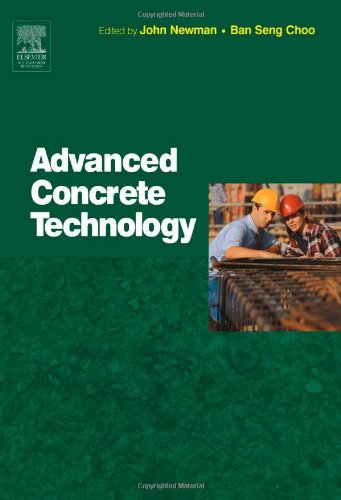

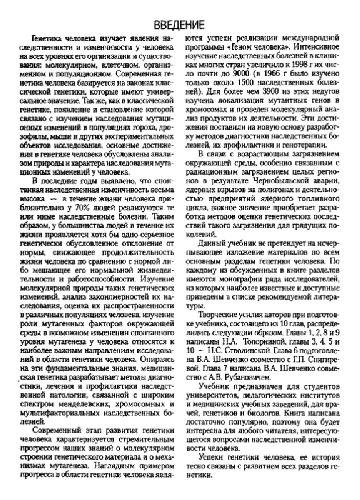
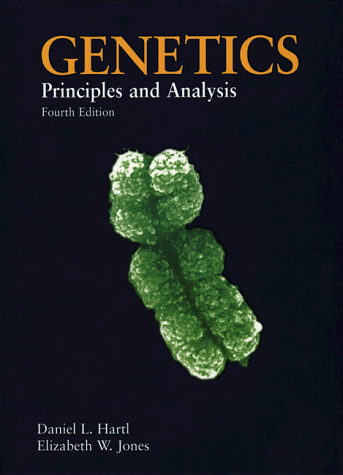
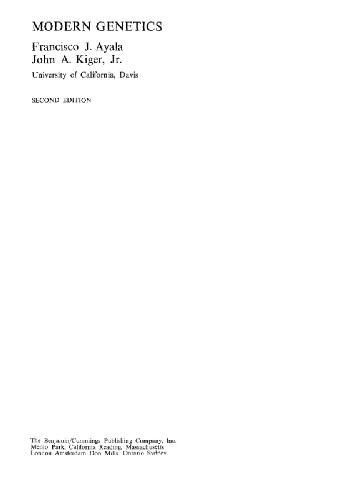
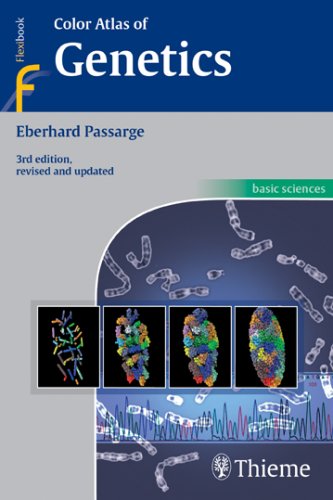

Reviews
There are no reviews yet.